Tile Surface Slipperiness
Tile Surface Slipperiness
There's a good probability that you have tiled flooring in some areas of your house, but do you know if the tiles you put in are as secure as they possibly could be?
While it's understandable that people choose the tiles they want to install in their kitchens, bathrooms, or even gardens based solely on aesthetics, it's crucial to understand that most floor tiles have been given a slip rating. You should choose tiles with a slip rating appropriate for the location where the tiles are to be installed.
There are 5 classes of surface slipperiness, each of which provides a R value, or friction value, on a scale from 9 to 13. These R values distinguish the various classes of surface slipperiness and give hints about their intended applications.

Marazzi Marbleplay Collection
Surface sliperiness classes:
R9: denotes a standard grip with an inclination plane ranging from 3° to 10°, making it excellent for entrance areas, steps with outside access, stores, clinics, canteens, and restaurants, as well as laundromats and locations with standing water.
R10: Denotes a medium grip with an inclination plane between 10° and 19°, appropriate for bathrooms and showers, small-business kitchens, and garages.
R11: denotes a high grip with an inclination plane ranging from 19° to 27°, making it perfect for work conditions with a lot of water, medium-sized workout kitchens, and food processing areas.
R12: With a high grip and a slope of 27° to 35°, R12 is ideal for vehicle parks, large kitchens in catering facilities, and surroundings that produce dairy products, cold cuts, or slick substances.
R13: For locations where food is produced, it denotes a very strong grip with an inclination of more than 35°.
There isn't an one best anti-slip floor that works in all environments, but there are a few suggestions.
Kitchen
Since this is the room where you spend the most time and where the majority of activities take place, such as food preparation, it is possible that food will fall on the floor, causing not only potential stains to be removed, but also potential domestic accidents. This is where porcelain stoneware flooring comes in handy, thanks to its ease of cleaning and the ability to customize the degree of friction. In fact, as an indoor floor, even a R10 or R11 anti-slip rate with a coefficient of grip A is appropriate for this room.
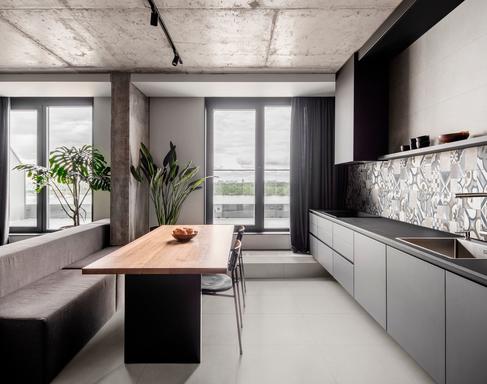
Marazzi Work Collection
Bathroom
As we all know, the bathroom is where the majority water is used, both for individual needs and for having to clean the sanitary facilities. A location where it is critical to consider the degree of slipperiness of the tiles. On barefoot, an anti-slip rate of R10 and a degree of grip A would be ideal, easy to clean, and safe.
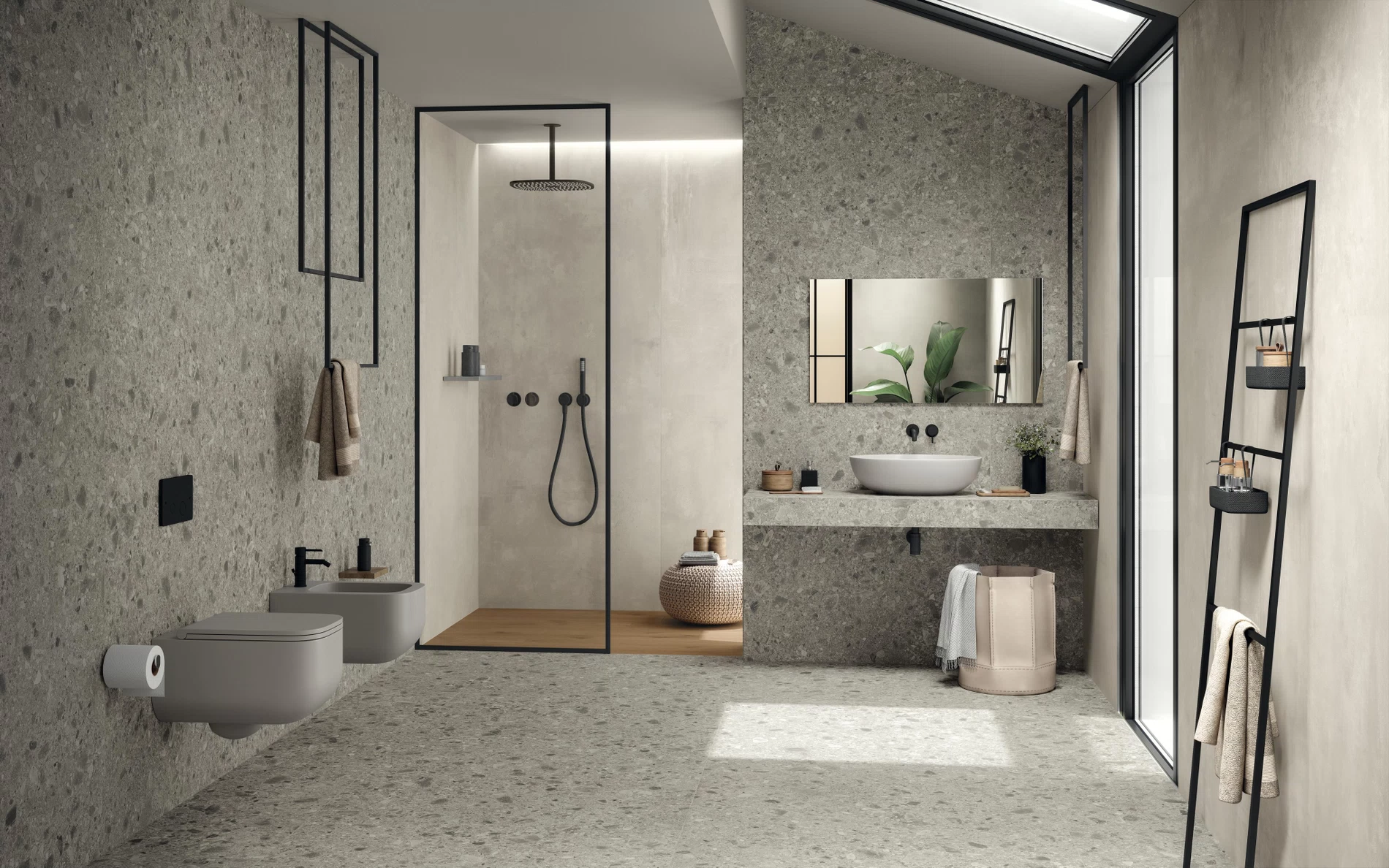
Atlas Concorde Boost Mix Collection
Bedroom
Since the bedroom, unilke bathroom and kitchen, is is less prone to slipperiness and friction, so even a R9 A coefficient is adequate.
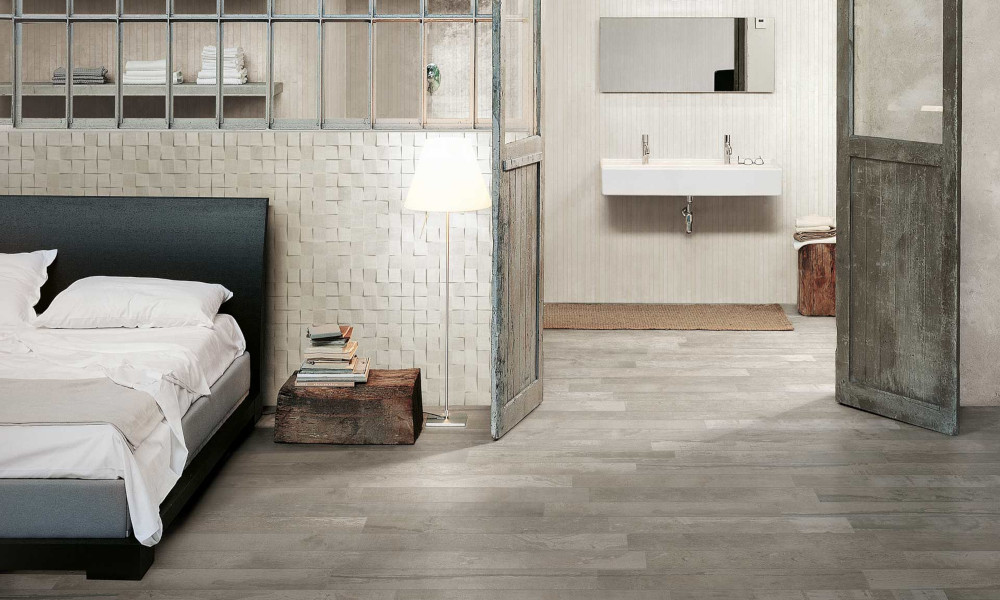
Casa Dolce Casa Wooden Tile of CDC Collection
Terrace or balcony
Terraces or balconies also have become an integral part of the home, where you can unwind. It is enough to to choose a coefficient R10 with a grip rate A for the flooring in this space.
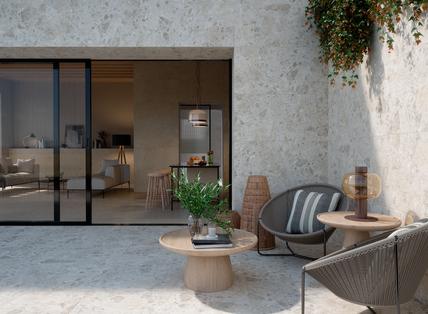
Marazzi Caracter Collection
Outdoor floor/garden
The thickness of the outdoor porcelain stoneware flooring differs from that of the indoor flooring. It can be 9mm or 20mm thick, but only the latter may be laid on sand, grass, or gravel. Thickness, as well as the level of slipperiness, are important considerations in the selection process. The anti-slip tile coefficient R10, R11, R12, or R13, based on the use, space, and climatic conditions, is suitable for outdoor use.
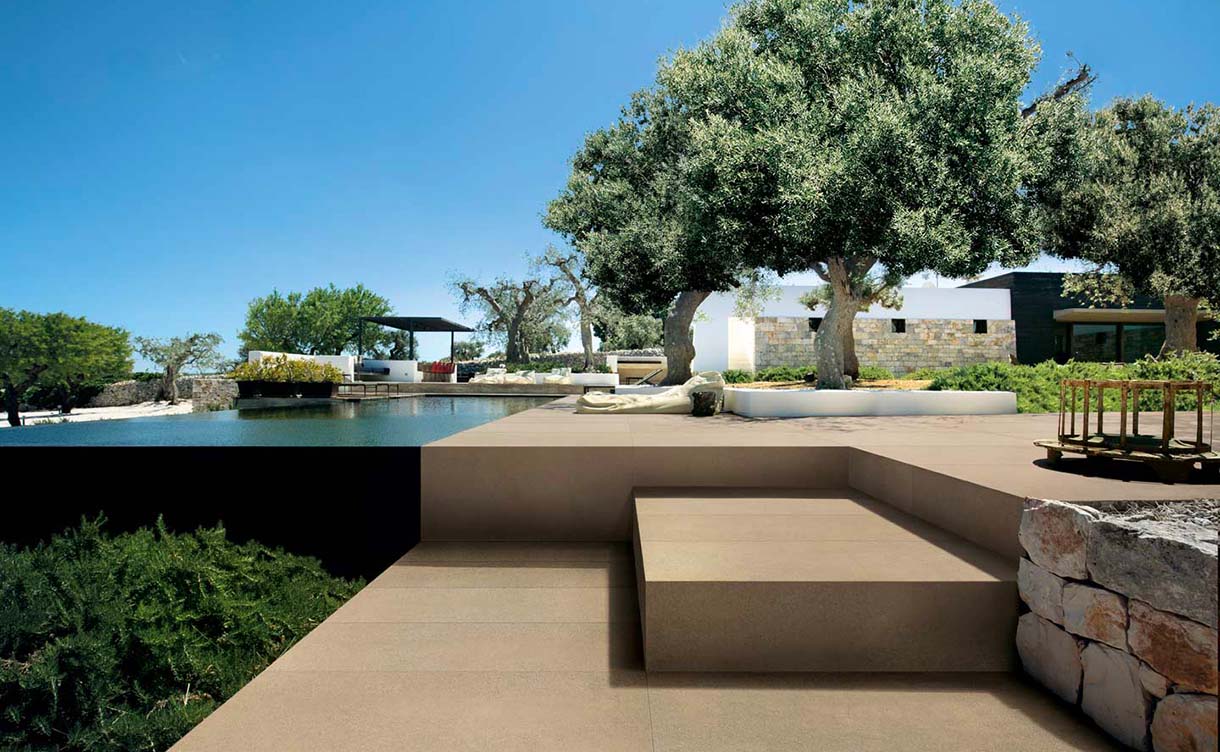
Florim Sensi by Thun Collection
The greater the anti-slip rate, the higher the cleaning effort, but as we all know, safety is a priority.